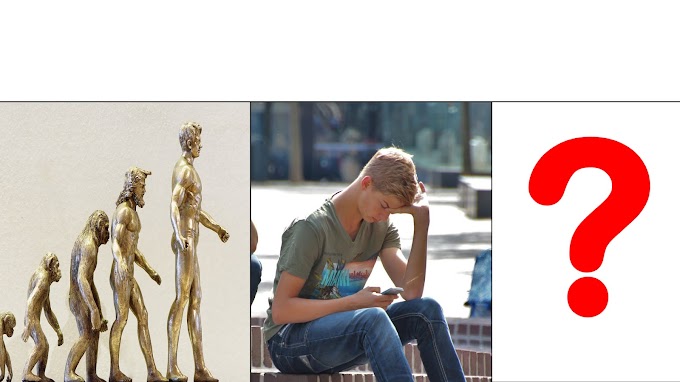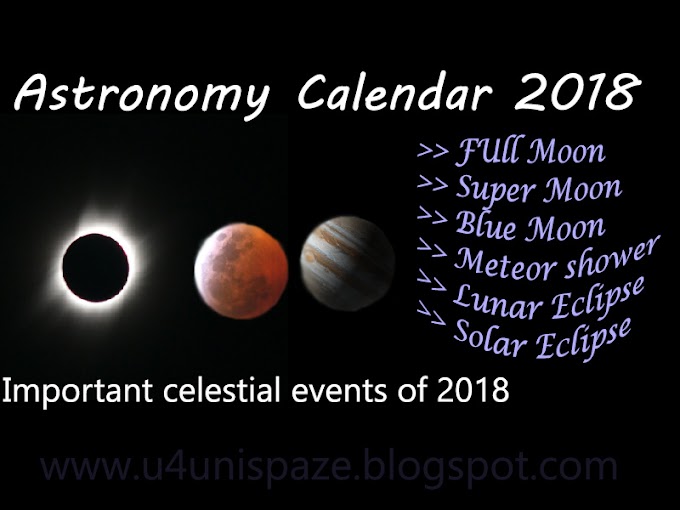The lunar eclipse of July 2018 will be the longest lunar eclipse of this century. The eclipse will last 1 hour and 43 minutes, but the total event will last for nearly four hours. The moon will turn reddish brown color during a total lunar eclipse. This event is also known as a red moon or blood moon.
The eclipse will be visible in many countries, India is the best place to observe the entire eclipse. Eclipse will be visible over Eastern Africa and central Asia. West Africa, Europe, South America and Eastern Asia can observe the eclipse from the moon rise.
In India, the penumbral eclipse will begin at 10.44 PM IST and the total eclipse begins at July 28th 1 am. The time and events available in the tabular column.
|
Time
|
Event
|
|
July 27
10:44 PM
|
Penumbral eclipse begins
|
|
July 27
11:54 PM
|
Partial Eclipse begins
|
|
July 28
1:00 AM
|
Total Eclipse Begins
|
|
July 28
1:51 AM
|
Maximum Magnitude of the Eclipse
|
|
July 28
2:43 AM
|
Total Eclipse End
|
|
July 28
3:49 AM
|
Partial Eclipse End
|
|
July 28
4:58 AM
|
Penumbral Eclipse End
|
What is Penumbral Eclipse?
When the light falls on an opaque object the shadow forms. Due to the diffraction of light three types of shadows forms. They are Penumbra, Umbra, and Antumbra.
A lunar eclipse happens when the earth came in between sun and moon when the penumbral shadow falls on the moon the penumbral eclipse starts.
What is a partial eclipse?
The partial lunar eclipse happens when the sun, earth, moon system is not aligned in a proper straight line.
When only a part of the moon enters Earth's shadow, the event is called a partial lunar eclipse. Image Credit: Brad Riza (NASA)
What is Blood Moon?
During the total lunar eclipse, the moon will be visible in reddish brown color. This is called a blood moon.
By Eggishorn - Created from File:Blood_Moon_Graphic.png under by-sa 4.0 adaptation terms to fix labels, CC BY-SA 4.0, https://en.wikipedia.org/w/index.php?curid=56624813
This phenomenon is due to, the sunlight passes through the earth’s atmosphere it will be subjected to scattering and dispersion, only the higher wavelength lights like orange and red will reach moon surface and reflected back to earth. An observer from earth will see the reddish brown moon.












0 Comments